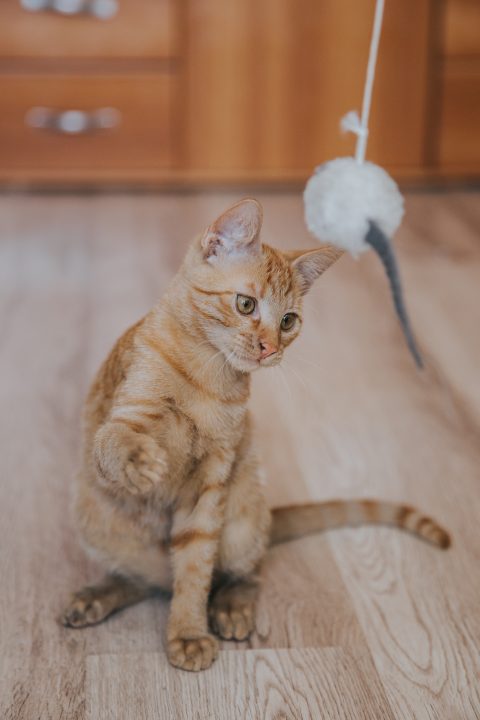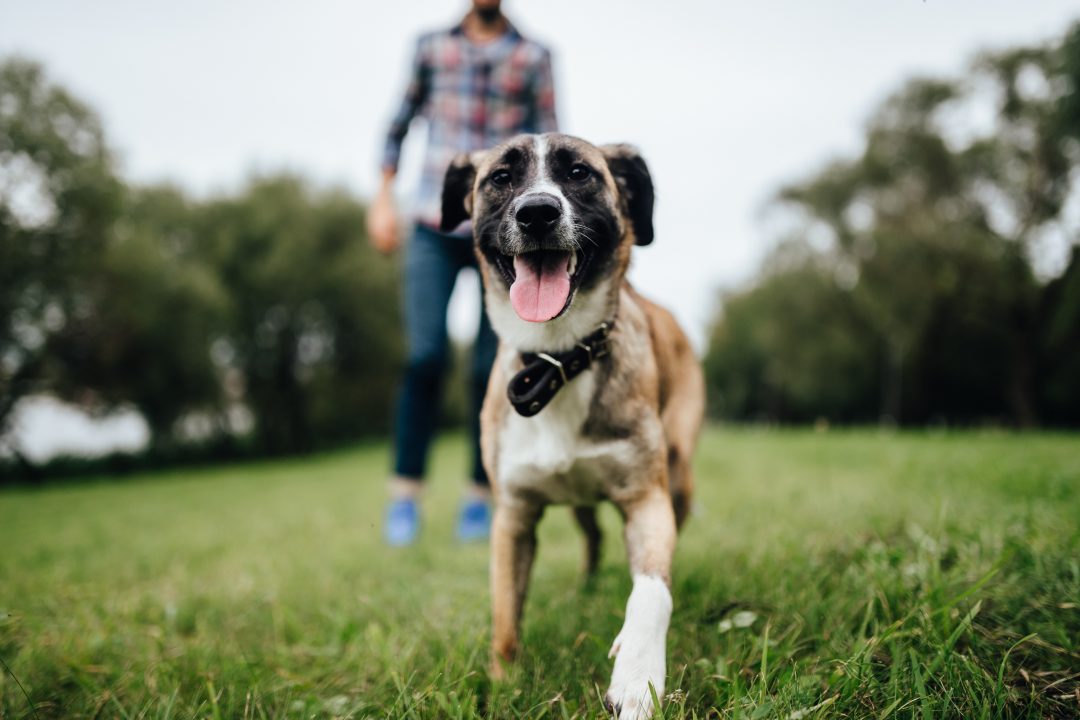In New Zealand, approximately 28% of dogs and 24% of cats are overweight. Weight gain is most often due to genetics, lack of exercise, or overfeeding.
It can be difficult to deny our furry friends the food that they beg for, and many people don’t realize they are overfeeding their pets. Due to their small size, one human biscuit can equate to a whole packet of biscuits when fed as a treat. Like humans, an animal that is overweight can suffer from health complications. Not only does weight impact their general health, but it can also impact their quality of life, interfering with daily activities such as walking and playing ball. Pet obesity can also lead to a significantly reduced life expectancy and serious health problems that include:
• Diabetes
• Heart disease
• Arthritis
• High blood pressure
• Urinary disease
• Cancer.

When choosing a diet for your pet, choose premium food that has been AAFCO-approved and is a complete and balanced diet.
This ensures that your pet will be receiving all of the nutrients required for a healthy life. Vegetables are a great snack option for your pet or treats that are recommended by your veterinarian. The amount of exercise your pooch needs may depend on age, bread, and size, but a good goal to aim for is at least 20 to 60 minutes of activity each day. When feeding, measuring out the correct daily intake is a good way to make sure your pet is getting the right amount, and limiting the number of treats given per day.
For cats, an indoor cat will have significantly fewer energy requirements than an outdoor cat, so it is important to give them the appropriate portion based on their lifestyle. Exercise for cats can be encouraged through play by using wand toys, balls, and battery-operated prey-mimicking toys. Cats are very clever, so rotate through the toys to prevent boredom. Multiple short play sessions throughout the day of between two and five minutes are sufficient.
Contact your local Vetlife clinic, and the friendly staff can help formulate a feeding and exercise plan, or a weight loss plan that is specific for you and your pet’s lifestyle.
Dale, A., Gates, M., Harvey, L., Walker, J., Zito, S. (2019). Assessing obesity in adult dogs and cats presenting for routine vaccination appointments in the North Island of New Zealand using electronic medical records data. New Zealand Veterinary Journal, 67(3). https://doi.org/10.1080/00480169.2019.1585990
